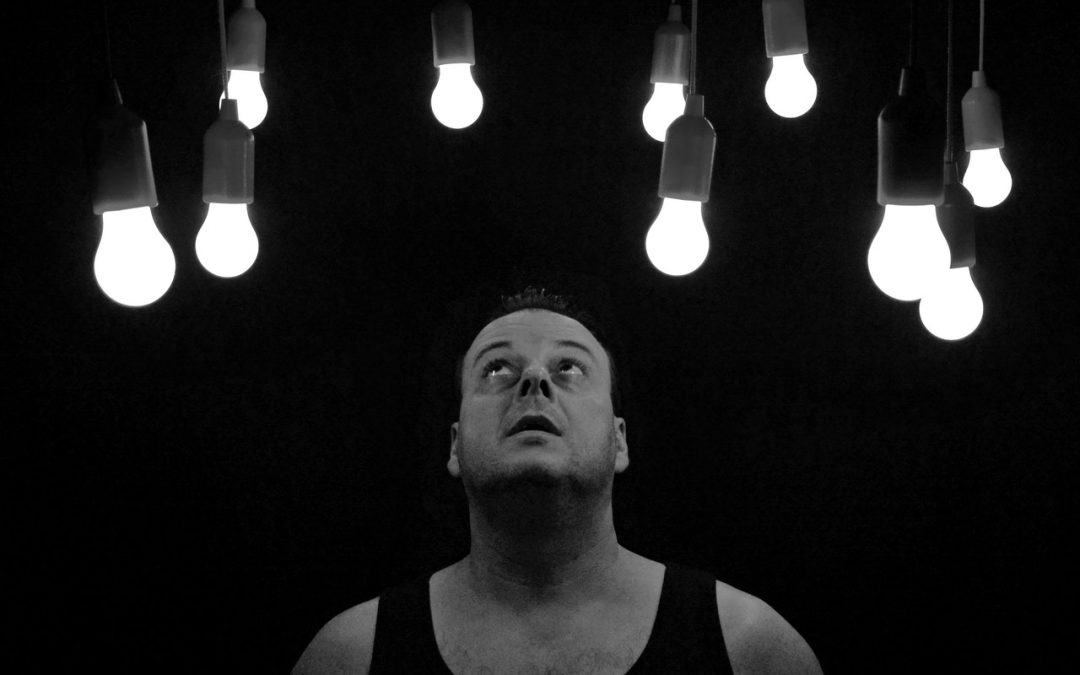At 4Change Energy, we’re always looking out for ways to help your life and home run even smoother, especially when it comes to energy use. So this week, we thought we’d dive into six of the most commonly asked questions about LED lighting because we know these lights are one of the best ways to save time and money. Let’s get started.
What Are LEDs?
An LED, which stands for light-emitting diode, is a tiny crystalline semiconductor that emits light when it comes into contact with an electric current—a phenomenon known as electroluminescence. As light shines from the diode, it’s filtered through a chemical coating that improves quality and determines color.
LEDs, unlike standard incandescent and fluorescent bulbs, produce little heat, making them the most efficient option available on the market these days. Their popularity grows day by day.
Who Invented LEDs?
Scientists working with radios discovered electroluminescence while working with radio tubes in the early 1900s. The phenomenon was experimented with for decades, but few did much to commercialize their production until the early 1960s. That’s when engineers at Texas Instruments created the first LED, though it’s infrared light was invisible to the naked eye. In 1962 at General Electric Company, scientist Nick Holonyak created the first LED that was visible, but it was only in the red spectrum. Buy the 1970s, yellow LEDs had also been created, and companies began mass producing LEDs for use as indicator lights on machinery. And by the early 2000s, scientists has made enough progress on their development for companies to begin offering them for use in a whole range of domestic and commercial applications. Today, they’re common in most appliances, electronics and in homes and business as a general lighting source.
Do LEDS Last Long?
In comparison to other types of bulbs, yes, LEDs do last a long time. On average, these bulbs should last between 30,000 and 50,000 hours. With a life span that long (at 50,000 hours), LEDs last about 50 times longer than a standard incandescent bulb and as much as 10 times longer than a typical CFL—Compact Fluorescent Light.
Are LEDs Worth the Cost?
It’s true, LEDs are, in general, more expensive than standard incandescent of CFLs, though prices do vary depending on your individual lighting needs. So, there’s more cost up front, but you’ll save in the long run with LEDs. They last longer, so you won’t have the expense of purchasing new bulbs on a regular basis. And because they’re up to 75 percent more efficient, you’ll save money on your energy bill.
According to energy.gov, the average person who puts lights on a tree inside during the holidays will spend about $10 in electricity every 40 days when using incandescent string lights. LEDs come in at under a dollar for the same length of time.
How Safe Are LEDs?
LEDs are the safest bulbs on the market. They require less voltage and run cooler, for one, which helps prevent fires. And unlike their less-efficient counterparts, the don’t emit UV or infrared radiation, nor do they contain mercury—present in many fluorescent lights. They’re also durable, with many now using shatter-resistant resins in place of breakable glass. They’re safe enough, in fact, to be thrown away in the trash when they’ve finally come to the end of their lives.
But Can LEDs Be Recycled?
Yes, they can, but you might have to do some searching to find out where. Some local waste collection operations aren’t equipped to process LEDs, and you might have to check around to find a recycling center in your area that takes them. If you’re OK with shipping them out, there are recycling companies who’ll let you mail old LEDs in—some even send a prepaid box for shipment. And companies such as The Home Depot even have an LED program that accepts burned out LED string lights.
You’re already enjoying low prices with 4Change Energy, but changing your home’s bulbs over to LED units can help you to save even more each month on your electricity bill. Are you using LED bulbs yet? What brands and locations do you recommend? Let us know and submit a comment below!

